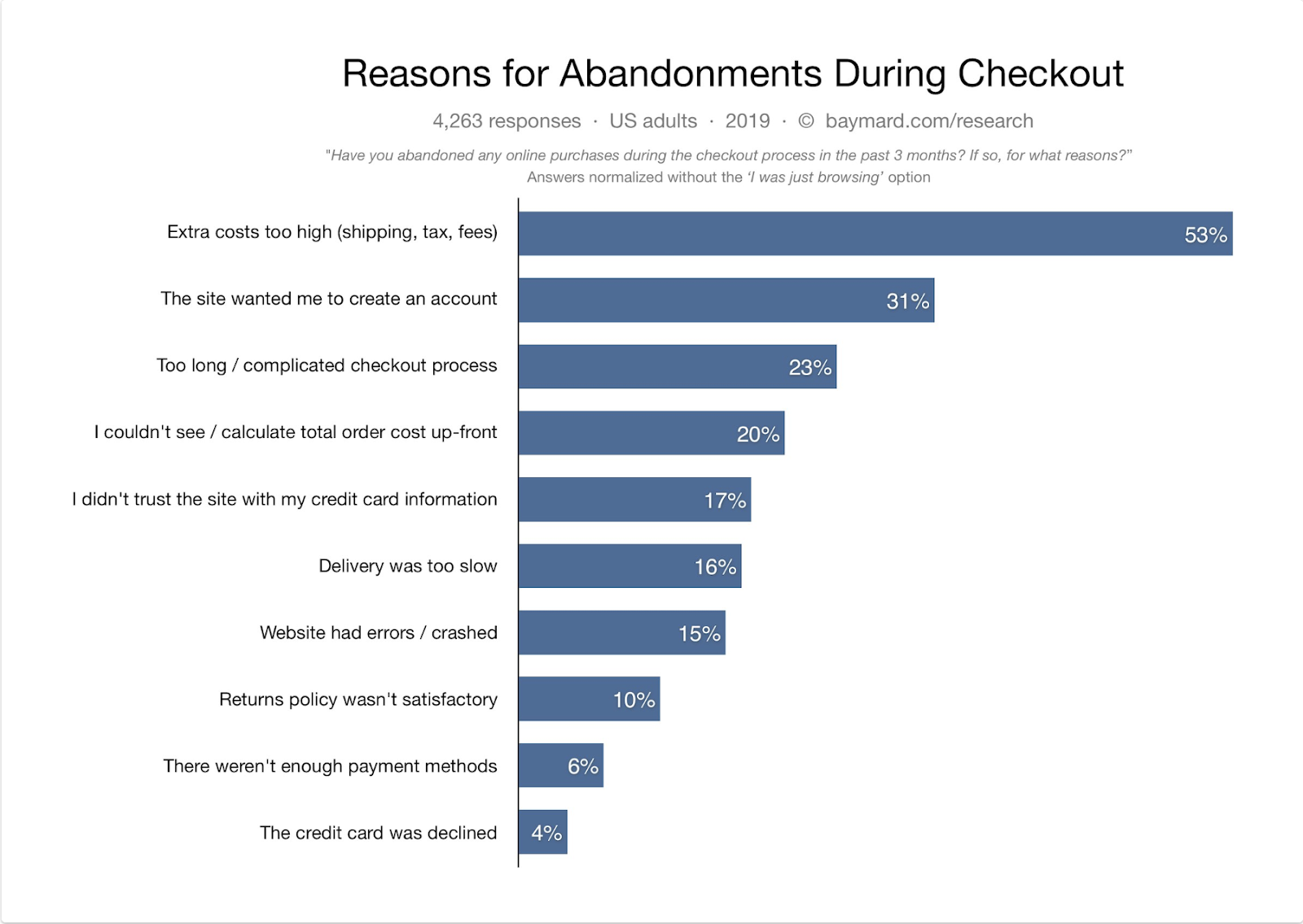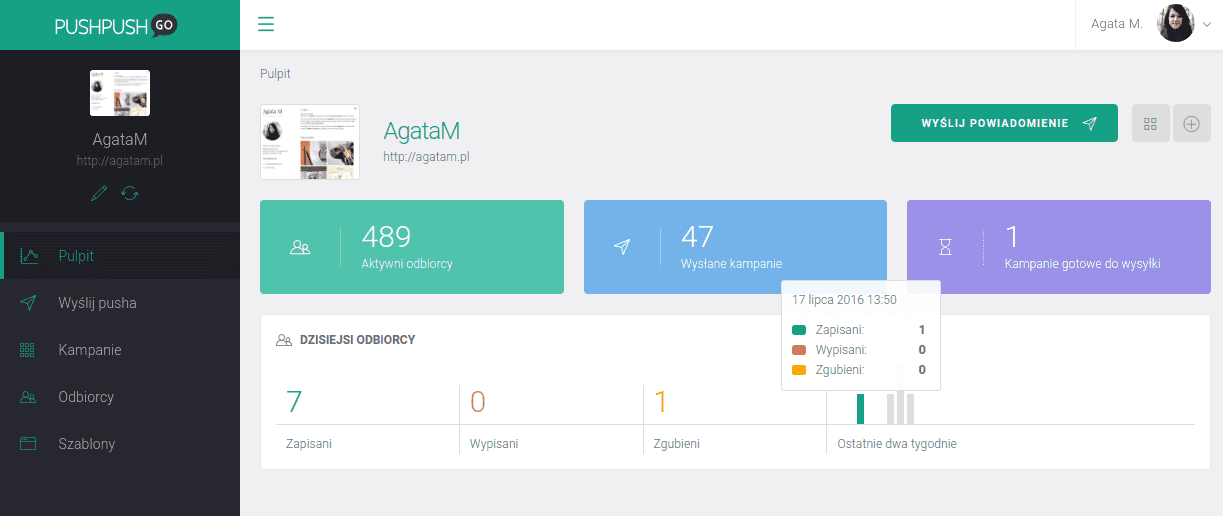In this progressive tech landscape, you’re probably not lacking any data that gives you the insight into what’s working for your company.
But let’s go back to the basics for a second; you need to know what signs to watch for when measuring the success of your business.
An ecommerce business especially has functionalities that can be diligently measured to track your success and performance of an ecommerce store. After all the hard work you put in to creating your business, you’ll want to know how much money it’s bringing in, how interested consumers are in your products, and what’s selling (or not).
All of these are Key Performance Indicator and they point to the success, or roadblocks, of your efforts. There’s so much insight to gain from tracking your analytics, and you don’t want to miss out on a golden opportunity.
Your KPIs are one asset, and your metrics are another. We are focusing on the KPIs in this article, so that your efforts, and day-to-day operations don’t go overlooked.
Why track KPIs, and not metrics?
The KPI - or key performance indicator - communicates how well the success of an organization or of a particular activity it engages. In this case, your ecommerce business. Metrics are the basis of your KPIs, meaning they are used to track and assess how your process and strategy are aligning toward your goals.
So after you’ve set your business objectives, the first step would be to identify which key performance indicators will communicate your progress. The metrics here are the specific keys you’re using to measure your KPI’s.
The data you get from tracking your KPIs gives you the power to see insights that you can act on to steer your strategy in the right direction. It’s crucial to have the right ecommerce analytics tools to give you the right information.
What makes a KPI effective?
A solid key performance indicator aligns with your overall objectives, is relevant to your success, and is achievable. I the long run, the KPI will act to boost your performance. Once you’ve found what key performance indicators will identify the health of your ecommerce store, they are monitoring important aspects of your business and should help to guide you with important information.
5 KPIs to track for you ecommerce store
Let’s talk about examples of a few key performance indicators that will help you measure the success of your ecommerce store.
- Gross Profit Margin
- Shopping Cart Abandon Rate
- Conversion Rate
- Customer Lifetime Value (CLV)
- Number of transactions
Gross Profit Margin
The lifeblood of a business is to, ultimately, make a profit. Your gross profit margin will tell you how much money you’re actually making and gauges the health of your business. Calculate this by subtracting the total cost of goods sold from total sales.
To calculate your margin formula, subtract your cost of goods sold from total revenue, and divide that result by total revenue.
Shopping Cart Abandon Rate
This tells you how many users are adding to their carts but not following through to check out. If you have a high shopping cart abandonment rate, it can mean there is some friction in your checkout process (which can be anything from the user experience to the price points). The typical shopping cart abandonment rate for ecommerce stores is between 60% and 80%, but you want to keep this number as low as possible.
To calculate your shopping cart abandon rate, divide the total number of completed purchases by the number of shopping carts created. Subtract your results by 1 and then multiply by 100.
A study from Baymard Institute show the top reasons for abandonment during checkout:

Conversion Rate
This indicates the percentage of visitors to your site that are taking action to the touch points on your site. They are either purchasing your items, signing up for newsletters, or interacting with any other call-to-action on your ecommerce store.
To calculate your conversion rate, divide the number of conversions by the number of visitors to your store, and multiply your result by 100.
Customer Lifetime Value (CLV)
The CLV indicates how much a customer is worth to your business, and can represent how much money a customer is expected to spend at your ecommerce store. It essentially communicates the strength of customer loyalty and your relationship to them. The stronger the customer experience, the more likely you are to have a higher CLV.
To calculate CLV, subtract (average purchase value - average purchase frequency) and multiply by average customer lifespan.
Number of transactions
For a deeper insight, look at this KPI in combination with average number of site visitors or average order size.
There’s so much more you can measure
There are multiple KPIs you should be tracking to help inform your business decisions and forward planning, but these are good key indicators to get you started. Make sure you have all the right ecommerce tools to rely on and you’ll be destined for business success.













